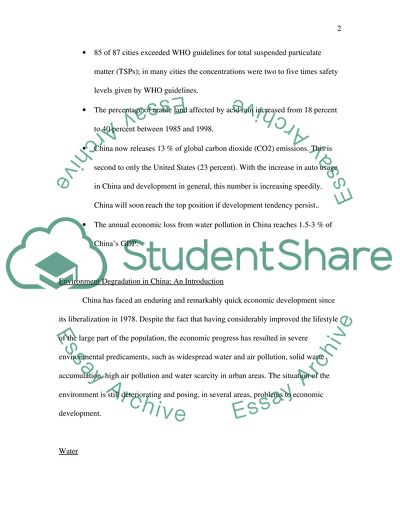Cite this document
(“Environment degradation in China Essay Example | Topics and Well Written Essays - 2500 words”, n.d.)
Environment degradation in China Essay Example | Topics and Well Written Essays - 2500 words. Retrieved from https://studentshare.org/miscellaneous/1500921-environment-degradation-in-china
Environment degradation in China Essay Example | Topics and Well Written Essays - 2500 words. Retrieved from https://studentshare.org/miscellaneous/1500921-environment-degradation-in-china
(Environment Degradation in China Essay Example | Topics and Well Written Essays - 2500 Words)
Environment Degradation in China Essay Example | Topics and Well Written Essays - 2500 Words. https://studentshare.org/miscellaneous/1500921-environment-degradation-in-china.
Environment Degradation in China Essay Example | Topics and Well Written Essays - 2500 Words. https://studentshare.org/miscellaneous/1500921-environment-degradation-in-china.
“Environment Degradation in China Essay Example | Topics and Well Written Essays - 2500 Words”, n.d. https://studentshare.org/miscellaneous/1500921-environment-degradation-in-china.


